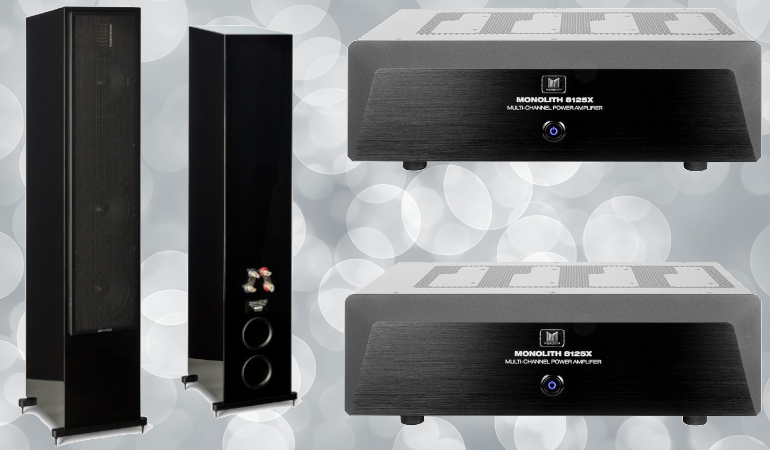Can You Connect Two Receivers to One Speaker?
Connecting two AV receivers to a single speaker is a question that comes up more often than we’d expect. It does make a bit of sense, however. Many people have two different sources but one pair of speakers. By “sources” we mean origins of media. They may have a living room with nice speakers and an office with a smaller system. Sometimes it would be nice to be able to play the office content with living room speakers. Alternatively, they may have a workstation at the back of their home theater system. It could be great to use their surround back speakers with their computer rather than buying additional speakers. Couldn’t they just run a second pair of speaker wires to the same speaker? Let’s discuss!
The Concerns
The main concern people immediately recognize is that sending power from two connected sources (or AV receivers) to a single speaker can’t be good. Surely this will “blow up” the speaker or something. While you could damage the speaker, the real concern is the two amps. By connecting the two amps to the same speaker, you are essentially sending a powered signal from one to the other. Amps are designed to send a powered signal, not receive one. You will definitely damage one or both of your AV receiver’s amps if you connect them to the same speaker.
Only Playing One At A Time
“That’s okay,” you think. “I wasn’t planning on playing both at the same time.”
There isn’t a reason to play both at the same time so this won’t be a problem. You won’t ever forget that one is still on and start playing the other. You’ll be extra careful. You swear. Surely this will mean you can at least experiment with this setup.
Short Answer: No
The short answer here is no. The problem isn’t how careful you plan on being and how, for sure, somehow you’ll accidentally send both signals at the same time. The reality is that the electricity being sent to the speaker doesn’t know to stop at the speaker. By connecting two AV receivers or amps to the same speaker, the electricity will travel down all available paths. Even if you turn one AV receiver off, the power will travel down the connected speaker wire and cause damage. You can’t connect the receivers and speakers this way.
Ways To Do This Safely
If you really want to connect two amps or AV receivers to the same speaker, you can. You can’t connect them directly, but it can be done. Here are a couple of ways.
Swapping Speaker Wire
The least expensive option is to disconnect the unused speaker wire from the speaker physically. You’ll have to manually swap the speaker wire when you want to switch the amp or AV receiver you are hearing.
This is more hassle than most people are willing to endure and also comes with potential issues. If you leave the disconnected speaker wire touching, you risk damaging the amp channel and sending your receiver into protection mode. Do this enough and you’ll damage your receiver.
Buying a Device
There are devices on the market that will help you out with this issue. You are looking for something that will allow you to manually switch between two different amps connected to the same speaker. Often called a “speaker selector,” these boxes can be used to connect a single amp to two different speakers or two amps to one speaker. Even if they aren’t labeled as such, they can usually be used this way. We found this example from Solupeak. Speaker selector switches should physically alter the power path. Because they simply redirect the power, they shouldn’t require any power.
At $70, the speaker selector switch option certainly isn’t as inexpensive as manually disconnecting the wires, but it is the safest and easiest.



